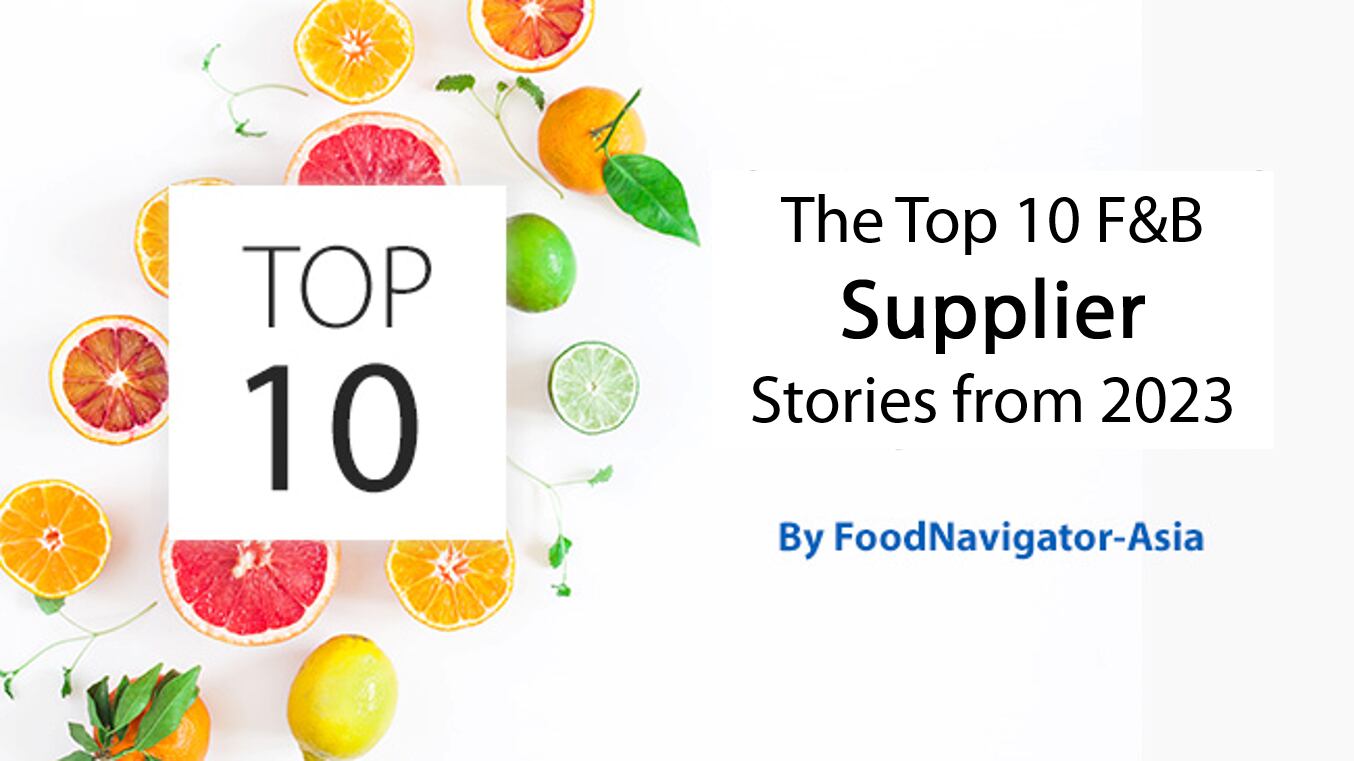The ‘and’ consumer: Affordable nutrition trend gains further traction in APAC amidst dairy and RTE category growth
Asia Pacific consumers are increasingly demanding a combination of affordability, health and tastiness when making their food and beverage purchasing decisions, driving the rise of what is known as the ‘and’ consumer.
The demand for health, nutrition and deliciousness in food and beverage products has been on trend in APAC for several years now, especially after the COVID-19 pandemic hit, but in the more recent past the added element of affordability has also gained significant traction amidst rising economic and inflationary challenges.
“What this means is that food and beverage firms now have to cater to even more consumer expectations than before, and especially here in APAC we are seeing the rise of what is called the ‘and’ consumer,” Ingredion VP and General Manager ASEAN Ray Deidrick told FoodNavigator-Asia.
Having it both ways: Creating a ‘middle path’ to premium yet affordable food and beverage product innovation
The dual rise of consumer demands for the somewhat paradoxical combination of premiumisation and affordability in foods and beverages has spurred firms to find various forms of a ‘middle path’ when it comes to innovation.
Amid a backdrop of inflationary pressures, price hikes and geopolitical instability, consumers all over the world and especially in the Asia Pacific region are on the lookout for affordable options when making food and grocery purchases.
But at the same time, there remains a significant reluctance to completely surrender little luxuries, making for a rise in demand for premiumisation as well.
Dairy the core base, but greater co-existence with plant-based, precision fermented proteins to come – FrieslandCampina
While dairy is the basis of protein nutrition, the use of plant-based and precision fermented protein is bound to increase in products such as infant formula, healthy ageing, and sports nutrition, said dairy multinational firm Friesland Campina.
This has been driven by shifts in consumer demand, such as the belief that plant-based proteins are healthier, as well as corporate businesses’ sustainability and environmental goals.
Taking infant formula as an example, FrieslandCampina has noticed that companies are starting to offer plant-based or hybrid formulas.
Versatility and stability: How Kirin’s Kyowa Hakko has ridden immunity wave post pandemic – WATCH
Kirin Holdings’ health science-focused arm Kyowa Hakko has said that the versatility and stability of its postbiotic ingredient has enabled it to continue to enjoy commercial success beyond the surge of COVID-19.
The firm won the NutraIngredients-Asia Award for Product Of The Year - Immune Support for its iMMUSE product, citing its strong versatility as a major factor for success.
Hybrid innovation and affordability: How food firms can meet Asia’s evolving protein demands
Hybrid innovation with meat and plant-based ingredients, affordability and a focus on the needs of flexitarians is needed to boost the protein sector in APAC over the long-term.
This was the opinion of Connell Caldic, a new-yet-old manufacturing firm formed from the merger of two legacy firms Connell (over 125 years) and Caldic (over 50 years) earlier this year.
“The thing about Asia is that the global trends for food and beverage are definitely here as well, be it personalisation, sustainability or health and wellness,” Connell Caldic APAC CEO Knud Mohr told FoodNavigator-Asia at the recent Fi Asia 2023 show in Bangkok, Thailand.
‘Glocalisation is over’: Microlocality and domestic production chain increasingly important for APAC consumers
Food and beverage brands that are able to convey microlocal tastes and tap into consumer pride with a strong domestic production chain are best-placed for success in the APAC region, according to Kerry.
Just a few years back, the term ‘glocalisation’ – a combination of globalisation and localisation - was all the hype across most FMCG sectors, used to describe products that were developed and sold globally but also roughly adapted around the local culture.
“For many years, this was all the rage in many different markets but today when it comes to the food and beverage sector, glocalisation is over as it is no longer enough,” Kerry APMEA VP of Strategy and Commercial Enablement told FoodNavigator-Asia.
Ethnic essentials: Experimental and hyperlocalised flavours find growing favour amongst ASEAN consumers
The dual flavour trends of experimentation and hyperlocalisation have been finding increasing favour amongst consumers in the ASEAN region, requiring food and beverage firms across categories to ramp up innovation.
Hyperlocalisation refers to cuisines that are very specialised to a particular region or demographic, often covering very unique flavours or tastes, such as Jollof rice that originates from West Africa.
In the wake of the pandemic, there was a corresponding rise in consumer interest towards experimental cooking which also improved the recognition and appreciation of such hyperlocalised flavours.
Combo craze: ‘Contradictory’ flavour combinations rising in popularity among younger APAC consumers
Younger consumers in APAC have been increasingly seeking out food and beverage products that offer a combination of ‘contradictory’ flavours, according to experts in the region.
While combined flavours such as spicy and cheesy might be traditionally thought less than appealing, they have emerged to become a major trend.
Backed by its new intelligence tool Panoptic, flavour experts at IFF found that this is especially so for younger consumers in the region, who tend to seek out more tantalising experiences compared to their older counterparts.
“Combination flavours are a really big trend here today, and there tends to be an element of spice to this as well – so although there are more familiar combinations like sweet-sour, now the combinations are more contradictory per se such as spicy and sour,” IFF Greater Asia Regional Marketing Leader Michelle Lee told FoodNavigator-Asia.
Innovation challenge: How can firms meet reformulation and fortification demands while remaining cost competitive?
Food firms need to be increasingly savvy when it comes to meeting growing consumer demands for fortified and reformulated products, in order to remain cost competitive in the current economic environment.
Consumer demand for product premiumisation at more affordable prices has skyrocketed over the past year, and with inflationary hikes and logistic costs also on the rise, firms can struggle to remain competitive.
“Many brands want to reformulate or fortify their products to add value to these, but face the challenge of doing this whilst maintaining final product costs that they know are acceptable to consumers as it can be daunting to know what and how to change,” IMCD APAC Market Segment Director and Regional Technical Manager Food & Nutrition Koh Wanlin told FoodNavigator-Asia.
‘A natural journey’: Freshness and clean label crucial combo to nail flavours in processed foods
The crucial combination of freshness and clean label is emerging as an important flavour strategy that food and beverage brands need to hit in order to cater to APAC consumers’ increasingly exacting demands, Symrise told us earlier this year.
The rising demand for convenient food and beverage options can lead to products that tend to be highly processed, but at the same time consumers have become more demanding of items that are as fresh, nutritious and natural as possible.
This has led to the birth of a paradox of sorts, which now requires food and beverage brands to ensure that the products put on shelves can meet both ends of this spectrum.





